The Swiss U-Space Implementation (SUSI) public-private partnership organized a demonstration in September 2019[1] to test the Remote ID (RID) standard ASTM F3411[2]. In March 2020, EASA published its U-Space Opinion[3] which includes the mandatory provision of Networked Remote ID (Net-RID) in U-Space airspaces. It is, therefore, a good time to come back on a few basic concepts related to the standard and to check its application for the European environment.
I. Discovery and Synchronization
In the standard, Discovery is defined as the process of determining the required USS data exchanges to successfully complete Net-RID services. “Discovery” is not a way to find out what services are provided in a region but a means for approved U-Space service providers (USSP) to determine with whom they should communicate when retrieving information on a given piece of airspace. Synchronization is the actual exchange of information coupled with mechanisms to ensure that USSPs have a consistent view of data. It occurs based on protocols that are agreed upon by the implementers of the Discovery and Synchronization (DSS) capability for a region. The Opinion is aligned with this approach by mentioning the obligation for the USSPs to be able to identify and share information between all the USSPs providing services within U-space airspace is fulfilled with the so-called discovery and synchronisation service.[4]
The interUSS platform[5] provides a standard-compliant implementation instance of a collaborative DSS capability. Other compliant implementations are possible and would be, per standards, interoperable. It is key that a DSS implementation does not store RID data directly. It only stores RID entities, which are used to identify with which USSPs data exchange is necessary. Actual position and identification data is only stored in the USSPs.
II. Regions
A DSS Region is the geographic scope supported by a set of discovery and synchronization service (DSS) instances[6]. In the Opinion context, Regions are U-Space airspaces. They are set by authorities.
III. Entities
A DSS Entity is a type of information made discoverable through the DSS capability. In the case of RID, it refers to areas where one or more operations exist and for which RID data are available. Entities are characterized by a 4-D volume of airspace (that is, a volume defined in x, y, z plus time limits)[7]. They are the actual zone and moment in time where information is provided or retrieved. Entities are defined by the service providers on a per-need basis.
IV. Net-RID Service Providers and Net-RID Display Providers
Finally, there are two roles that access a DSS implementation: Net-RID Service Providers and Net-RID Display Providers. The former receives and stores RID data from UAS and is used by the operator to comply with the Net-RID requirement. For instance, via an app connected to a ground control station. The latter is used to retrieve Net-RID information. It consolidates data from all relevant Net-RID Service Providers. The resulting picture can then be shown on a display client to law enforcement or the general public.
The two roles can be implemented separately. In European context, the Opinion sets the requirement for a USSP to provide both roles. USSPs can choose to build or buy them. The standard and Opinion are aligned on that front. There is, however, a significant discrepancy between them. The draft U-Space regulation requires to receive and exchange broadcast and network e-identification information[8]. The standard only addresses sharing of Net-RID. Retrieving broadcast RID (Wifi, Bluetooth) is in-scope but sharing broadcast information in the Network is not considered. FOCA will address this item with ASTM and the European Commission.
23.03.2020 Benoit Curdy, Digital Transformation Architect – FOCA
[1] www.bazl.admin.ch/dam/bazl/en/dokumente/Gut_zu_wissen/Drohnen_und_Flugmodelle/2019-09-16-Remote-id-demo-FOCA-report.pdf.download.pdf/2019-09-16-Remote-id-demo-FOCA-report.pdf
[2] www.astm.org/Standards/F3411.htm
[3] https://www.easa.europa.eu/document-library/opinions/opinion-012020
[4] Opinion No 01/2020, p. 16
[6] ASTM F3411, 3.1.7
[7] ASTM F3411, 3.1.6.1
[8] Draft commission implementing regulation (eu) …/… on a high-level regulatory framework for the U-space, Art 10


